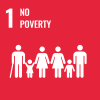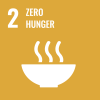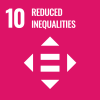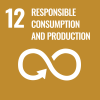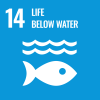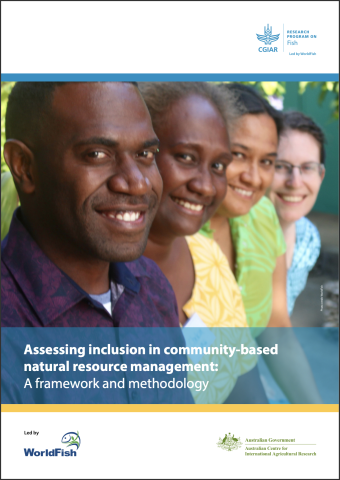
Community-based natural resource management (CBNRM) is valued as a model of inclusive development and governance. While CBNRM may perform relatively well for garnering broader participation (Evans et al. 2011), it can also reproduce, and even accentuate, power imbalances, and perpetuate the exclusion of already marginalized groups of people (Cinner et al. 2011; Evans et al. 2011). To avoid inequities, and to improve gender equality in and through CBNRM, many policies, programs and projects aim to improve women’s experiences of inclusion. However, these efforts too frequently reduce inclusion to attendance at CBNRM meetings and events, rather than understanding all elements of what facilitating and experiencing inclusion might entail. Moreover, social exclusion along the intersecting markers of social identity (such as wealth, age or life stage, ethnicity, race or caste, or migrant status) are often overlooked and not addressed. As such, these “participatory exclusions” (Agarwal 2001) have either been continually under-addressed, or completely ignored, in practice and policy. One reason for this oversight is the lack of a nuanced framework and methods for programs, projects and policies to understand, unpack and measure inclusion (and exclusion) more meaningfully. This Guidance Note helps address this gap. Specifically, it offers a framework that opens the “black box” of inclusion and removes uncertainty around the meaning of inclusion—in so doing we make clear distinctions between inclusion from more superficial forms or measures, especially attendance. The Guidance Note then presents a set of mixed methods and tools to assess inclusion (and exclusion) using this framework.

